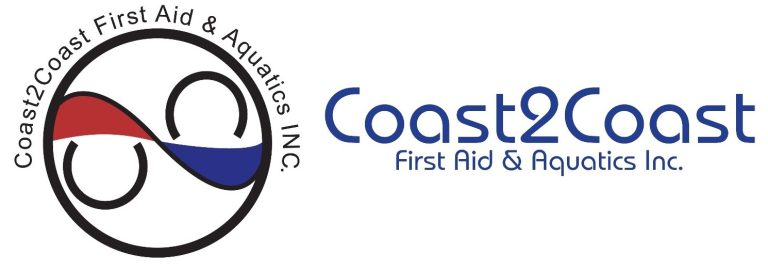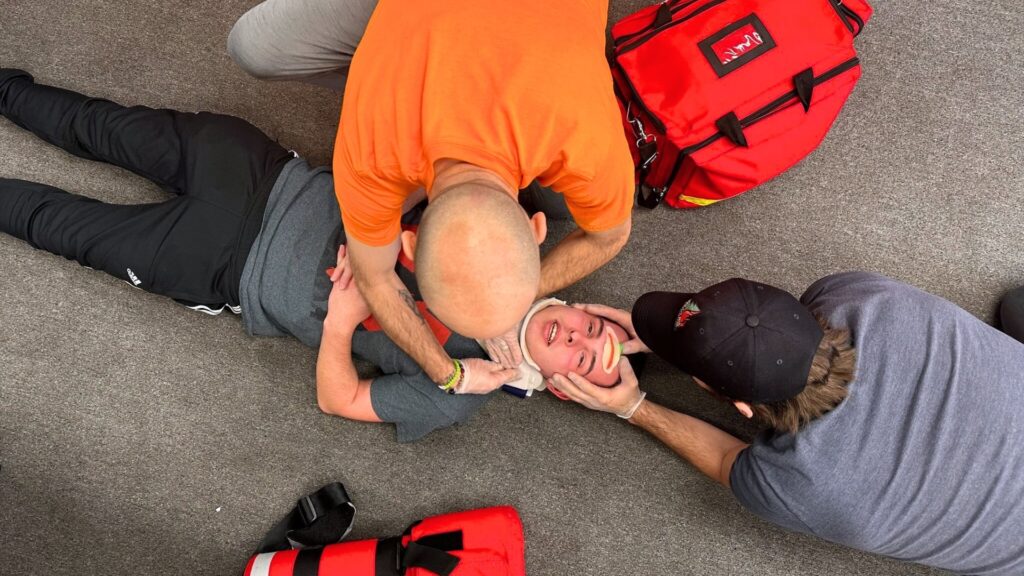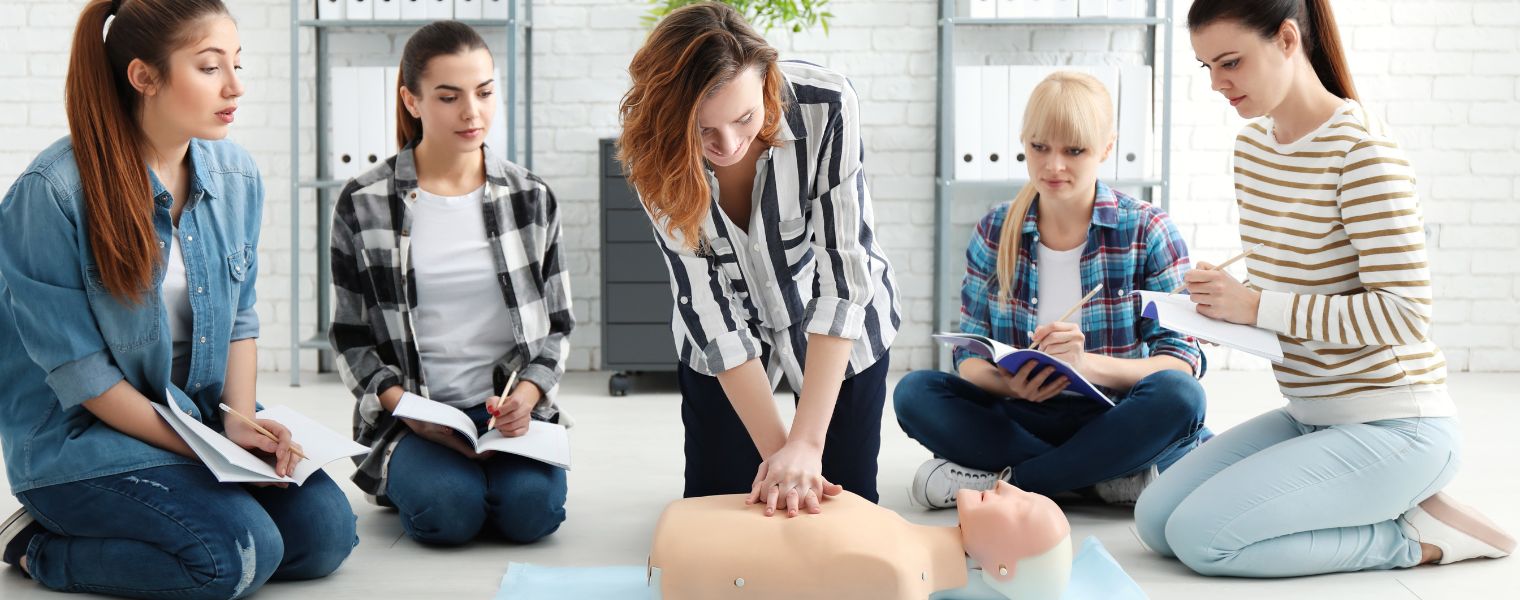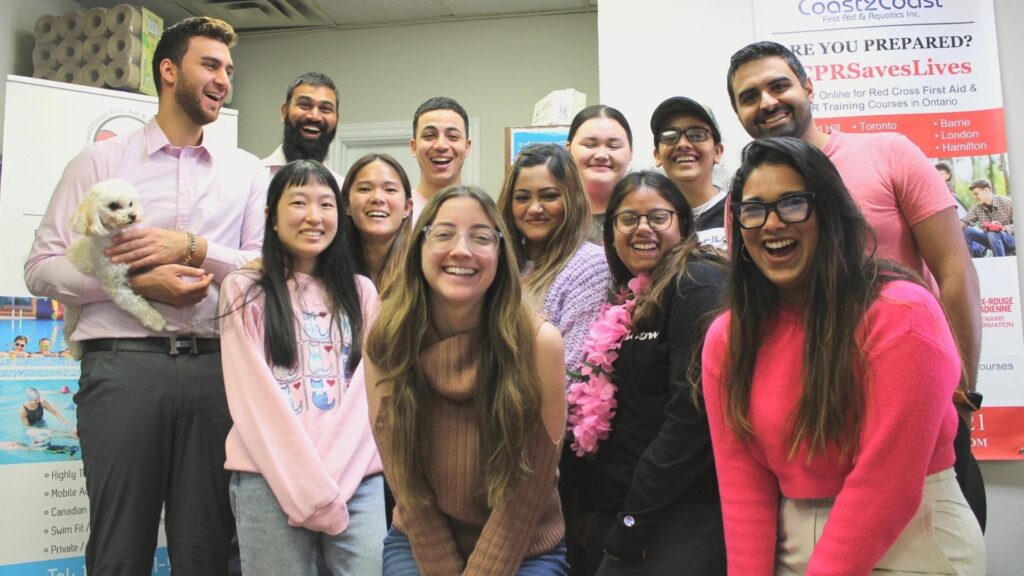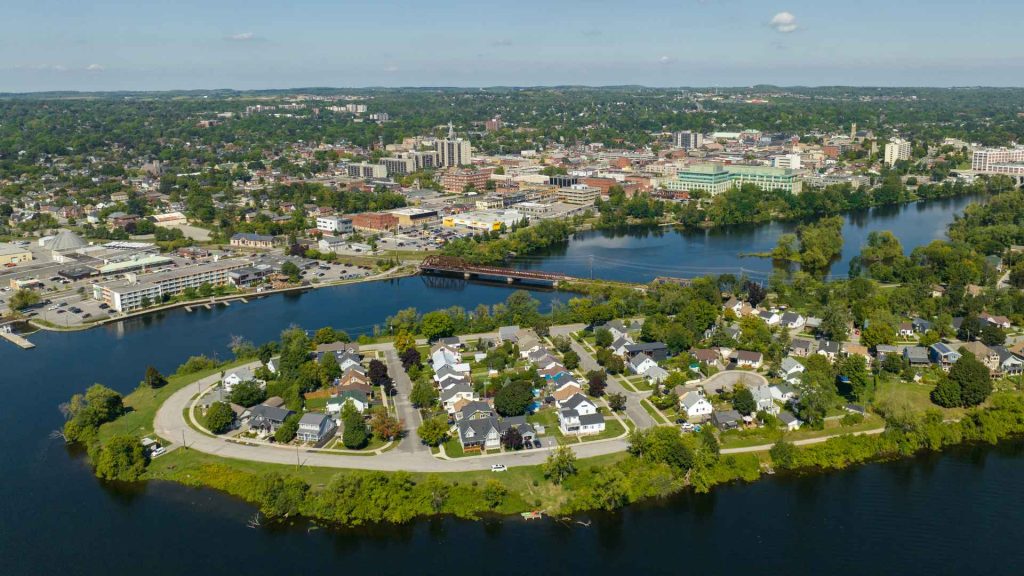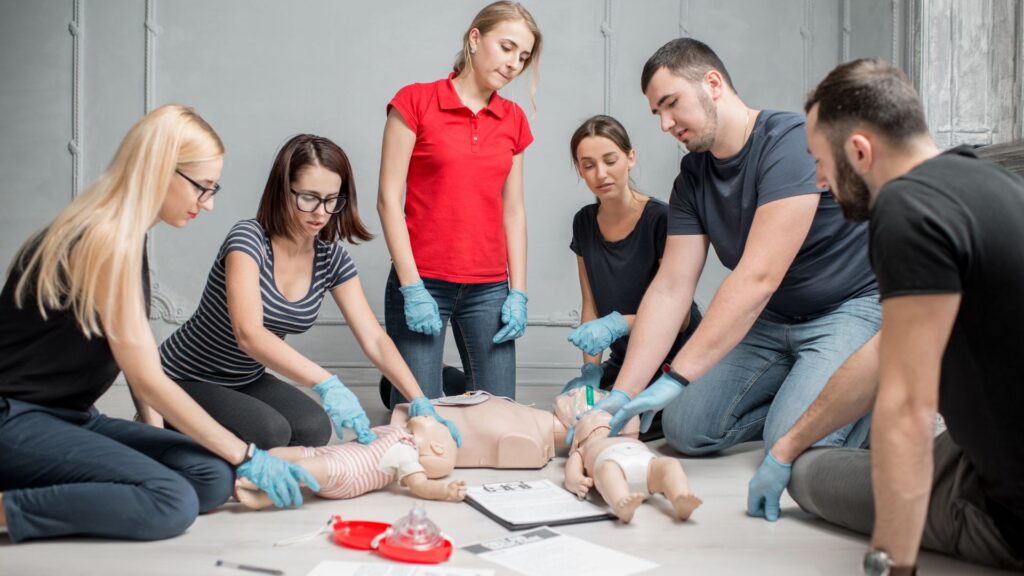IN THIS BLOG
IN THIS BLOG
- Top 10 Things You Learn in an Emergency Medical Responder Program
- 1. Critical Thinking
- 2. Cardiac Monitoring and Vital Signs
- 3. Stamina and Physical Strength
- 4. Oxygen Administration, CPR, and AED
- 5. Communication, Empathy, and Patience
- 6. Splinting
- 7. Airway Management
- 8. Patient Assessment
- 9. First Aid
- 10. Medication Administration
- Where can I Learn Emergency Medical Responder Skills?
Emergency Medical Responder (EMR) training is one of the highest levels of First Aid training available. This course allows participants to provide medical care in various emergencies. Those who complete EMR training can work as a paramedic, fire fighter, as part of a rescue team and more!
EMRs use many skills to assess and treat patients in a medical emergency or after an accident. They also know how to provide comfort and support. The most important skills you will learn during your training include the following:
- Critical Thinking
- Cardiac Monitoring and Vital Signs
- Stamina and Physical Strength
- Oxygen Administration, CPR, and AED
- Communication, Empathy, and Patience
- Splinting
- Physical Strength
- Airway Management
- Patient Assessment
- First Aid
- Medication Administration
Top 10 Things You Learn in an Emergency Responder Program
Several job designations require EMR training, including firefighters, police, security professionals, lifeguards, trainers, and teachers. Intensive training under professional instructors requires hands-on training and theoretical learning. Participants use high-quality equipment as they learn rescue and resuscitation skills.
The top 10 things you will learn in an Emergency Medical Responder program and will be reviewed in the exam, are the following:
1. Critical Thinking
Your ability to instantly analyze a situation and make the decisions to help the person you need to treat is known as critical thinking. As an emergency medical responder, you will need these skills to assess patients quickly, determine the treatment plan required, and evaluate your actions.
For example, as an emergency medical responder, if you see a patient’s condition has worsened after administering CPR, you must make a quick decision about how to proceed.
Learn More About EMR Training
EMR training is one of our most advanced courses offered at Coast2Coast. If you are interested in becoming a first responder, contact us to get registered!
2. Cardiac Monitoring and Vital Signs
At every stage, while attending to a person, you must track their heart rate, blood pressure, and vital signs to ensure they receive enough oxygen. Known as cardiac monitoring, you learn to determine if a person with a cardiac condition needs additional treatment to stabilize them as you wait for paramedics or an ambulance to arrive.
Vital sign measurements indicate a person’s health, and besides cardiac monitoring, they include respiratory rate and body temperature. Knowing how to take these measurements accurately assists you in correctly informing paramedics and other medical professionals about the patient’s condition.

3. Stamina and Physical Strength
As you perform your duties as an EMR, you need stamina and physical strength. In addition, your job often entails long shifts, and you may be on-call during off-hours, so you need to learn how to remain alert throughout your shift.
Maintaining your physical strength will help you when you need to lift or move patients. Remember that if your job requires you to drive a heavy vehicle like a fire truck, you also need the strength to maneuver them.
4. Oxygen Administration, CPR, and AED
These are three critical first-aid skills that you must learn as an EMR.
Oxygen Administration: You must learn to administer oxygen and other gases, including connecting an oxygen tank or applying an oxygen mask. You will learn how to operate the equipment and read pressure levels. You will also learn how to recognize when a patient needs oxygen and how to apply your knowledge.

CPR: Cardiopulmonary resuscitation (CPR) is a life-saving technique used to help someone suffering from cardiac arrest. During your EMR training, you learn to apply chest compressions to help the patient’s blood and oxygen circulate while waiting for emergency medical personnel to arrive. Your training will include performing CPR on infants, children, and adults.
AED: An automated external defibrillator (AED) can help to kickstart the heart of a patient suffering cardiac arrest. It isn’t a complicated device, but training teaches you how to apply it effectively. You will also learn how to locate an AED in public places.
5. Communication, Empathy, and Patience
Communication skills, empathy, and patience are vital in your role as an emergency medical responder.
The communication skills you will practice will enable you to convey information concisely and clearly to other emergency staff and patients. You will learn how to explain treatment plans, pass on patient information, and answer questions to ensure the patient and everyone involved understands.
However, you also need to understand the patient’s feelings. As a result, you will learn to use empathy and perform your duties with more excellent care. You will need empathy in all situations, especially when the person you treat faces a life-threatening situation.
Finally, you will learn to remain calm and patient, especially when working under extreme pressure and waiting for additional assistance.
6. Splinting
Your practice will include applying splints correctly to injured limbs to ensure they remain immobilized to prevent pain and further injury until the patient gets professional medical assistance. A correctly used splint can also start the healing process and reduce muscle tension while ensuring the patient’s blood supply remains intact.

7. Airway Management
When faced with a patient having difficulty breathing, you must know how to assess the situation and perform the proper treatment. You will learn to recognize the signs of respiratory distress, assess the action required, and act quickly. In addition, you will practice how to open the airway and help choking victims. CPR and AED, and other life-saving techniques fall under airway management skills.
8. Patient Assessment
The faster you can assess a patient’s condition, the quicker you can determine and apply the treatment required. You will learn to ask the patient or bystanders for information about what happened and their symptoms. You will practice performing physical examinations and how to review available information, even medical records.

9. First Aid
All the skills you learn during the course fall under first aid, but you will learn the advanced version. You can start by taking a first aid course to familiarize yourself with first aid and CPR. You also train on how to assist patients with spinal and head injuries.
10. Medication Administration
Finally, you will learn about medication administration to know how to give the correct dosages to patients taking prescription drugs, including injectables. You may often need to treat a patient who needs to take these urgently to avoid worsening their illness.

Where Can I Learn Emergency Medical Responder Skills?
At Coast2Coast, we provide EMR courses at our various locations. Our experienced instructors are professional responders, including paramedics and field medics. During the eight-day course, you learn the theory and practical skills required. Then, using the most advanced equipment, you will practice all the scenarios you may face in real-life situations. Finally, you will learn about your responsibilities and the legislation around them. On completion, your certificate ensures you can work in any emergency medical responder position.

